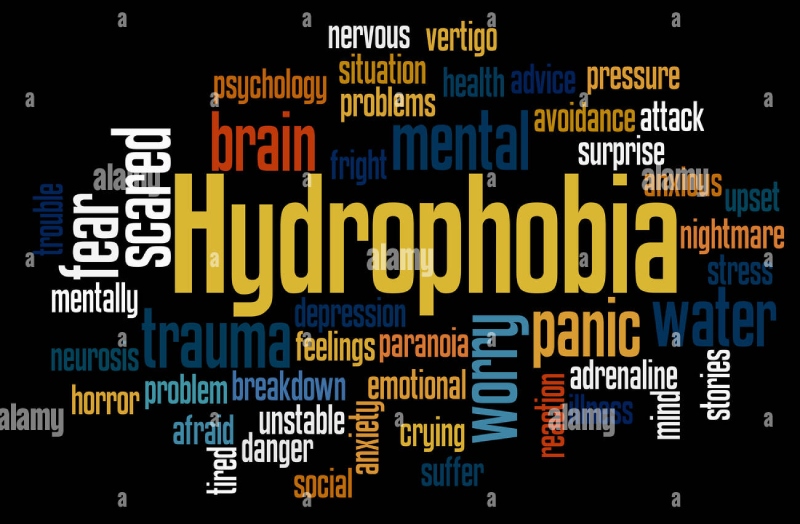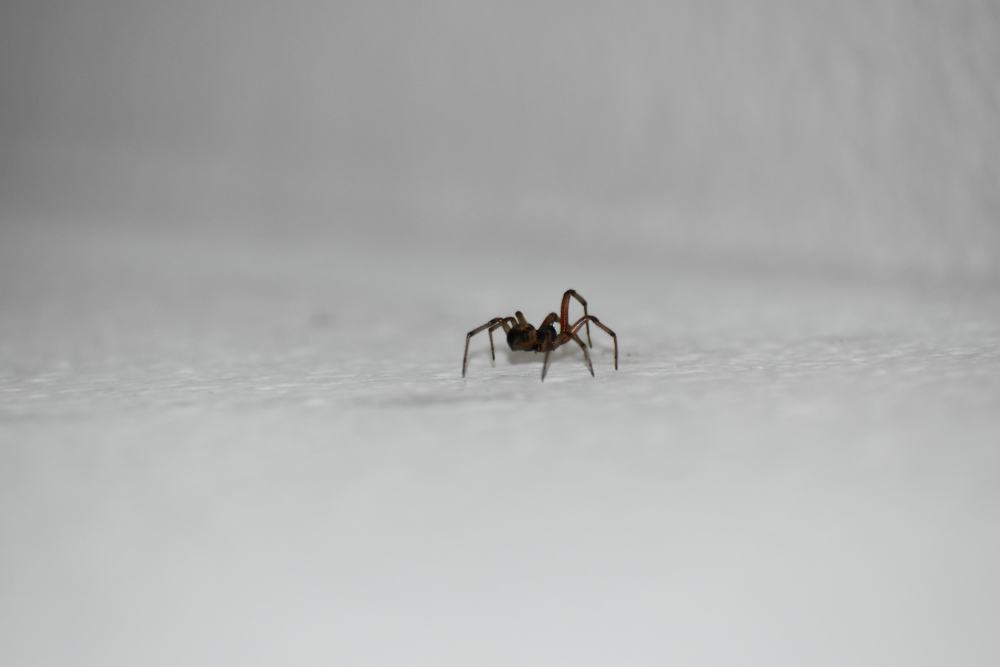Rabies is a terrifying viral disease that attacks the nervous system. One of its most well-known symptoms is hydrophobia, literally meaning “fear of water.” However, the reality behind hydrophobia is far more complex than a simple aversion. Let’s delve deeper and understand why rabies makes swallowing difficult.
Understanding Rabies
Rabies is a deadly zoonotic disease, meaning it can spread from animals to humans. The rabies virus primarily infects warm-blooded mammals, with dogs being the most common carriers in some regions. Transmission typically occurs through bites from infected animals, but scratches or contact with infected saliva can also be risky.
The initial symptoms of rabies can be vague, including fever, headache, and general discomfort. As the virus progresses, it attacks the central nervous system, leading to more severe neurological symptoms like:
- anxiety and agitation;
- confusion and hallucinations;
- seizures;
- partial paralysis.
In the later stages, hydrophobia develops.

Hydrophobia: A Unique Symptom of Rabies
While the term “hydrophobia” suggests a fear of water, this isn’t entirely accurate. People with rabies don’t experience a psychological aversion to water. The real issue lies in the difficulty of swallowing.
Here’s why:
- Muscle spasms – rabies affects the brainstem, which controls essential functions like swallowing. The virus triggers painful muscle spasms in the throat and esophagus, making swallowing any liquid, including water, extremely difficult and agonizing.
- Increased saliva production – the virus also disrupts saliva production, leading to excessive drooling. This further complicates swallowing, as the body struggles to manage both saliva and any ingested fluids.
The combination of these factors creates the illusion of a fear of water. The sight or thought of water can trigger the anticipation of pain, causing anxiety and aversion in rabies patients.
Mechanisms Behind Hydrophobia
The exact mechanisms behind the muscle spasms and altered saliva production are still under research. However, scientists believe the rabies virus directly attacks specific areas of the brainstem responsible for coordinating these functions.
It’s important to note:
- Hydrophobia is not the only symptom associated with difficulty swallowing in rabies. Patients may also experience problems swallowing food due to similar muscle spasms.
- Hydrophobia is a late-stage symptom of rabies. By the time it develops, the disease is often fatal if left untreated.

Diagnostic and Treatment Challenges
Diagnosing rabies in the early stages can be challenging due to its vague initial symptoms. However, once hydrophobia develops, it becomes a red flag for healthcare professionals. Treatment options for established rabies are limited. Post-exposure prophylaxis, involving vaccination and immune globulin administration, can be highly effective if administered soon after exposure to the virus. However, once symptoms like hydrophobia appear, the prognosis is usually poor.
Conclusions
Hydrophobia is a telltale sign of rabies, but it’s not a fear of water. It’s a symptom caused by the virus’s impact on the brainstem, leading to painful swallowing difficulties. Early diagnosis and prompt post-exposure prophylaxis are crucial in preventing rabies and its devastating consequences.
Remember, vaccination of pets is the primary way to prevent rabies transmission. If you suspect a potential rabies exposure, consult a healthcare professional immediately.




